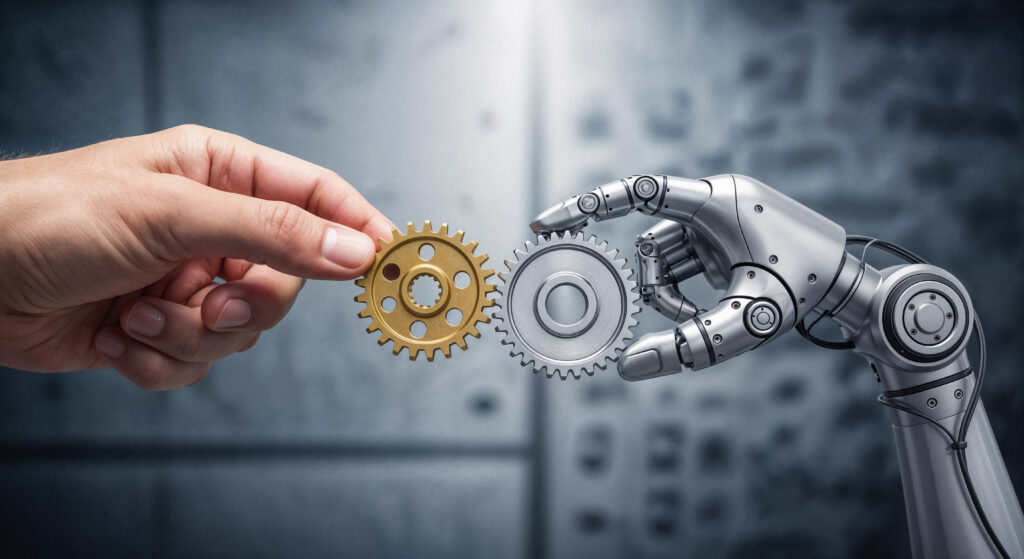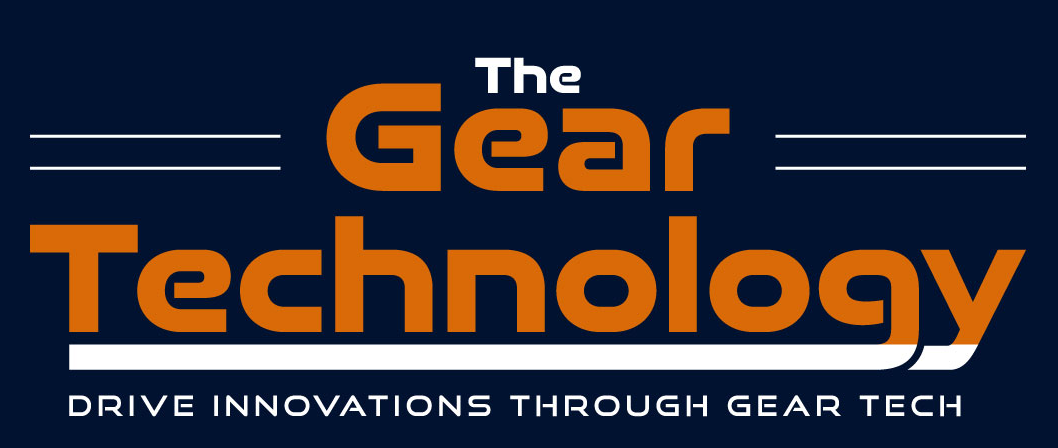Gear Technology Redefined: Precision and Sustainability
Revolutionizing Gear Technology for a Smarter, Greener Future The Gear Industry at a Defining Moment The gear industry is undergoing a monumental shift. No longer confined to mechanical limitations, it’s now powered by digitalization, AI, and sustainability. From electric vehicles to industrial automation, gears have evolved into smart, adaptive components that drive the world’s most […]

Revolutionizing Gear Technology for a Smarter, Greener Future
The Gear Industry at a Defining Moment
The gear industry is undergoing a monumental shift. No longer confined to mechanical limitations, it’s now powered by digitalization, AI, and sustainability. From electric vehicles to industrial automation, gears have evolved into smart, adaptive components that drive the world’s most advanced machines. This evolution represents a true turning point in gear engineering, combining intelligence with eco-responsibility.
Digitalization – The Core Catalyst of Gear Innovation

One of the most transformative forces reshaping gear grinding technology is digitalization. Through tools like digital twins, simulation software, and cloud-based design platforms, engineers can test and refine gear performance before production. This approach enhances design precision, reduces physical testing, and accelerates market readiness.
Digital twins allow real-time monitoring, enabling predictive maintenance and minimizing downtime. By integrating AI-driven analysis with digital workflows, manufacturers achieve higher efficiency, lower costs, and enhanced customer satisfaction.
Material Advancements and Additive Manufacturing
Modern gear manufacturing now leverages next-generation materials—advanced composites, thermoplastics, and ceramics—that offer superior wear resistance and thermal stability. These innovations ensure better performance in electric vehicles, aerospace, and robotics.
Additive manufacturing enables complex internal structures, reducing weight without sacrificing strength. This combination of digital design and material science represents the future of sustainable gear systems—efficient, durable, and eco-conscious.
Zero-Backlash Precision in Robotics and Automation
The era of zero-backlash gears has revolutionized robotics and automation. Technologies such as harmonic drives and cycloidal gears allow robots to achieve surgical precision and smooth motion. These systems minimize vibration, enhance accuracy, and extend lifespan—critical for applications in high-speed automation, camera tracking, and factory robotics.
With such innovations, gear design now focuses on eliminating error and optimizing performance—ushering in a new benchmark for precision engineering.
Building a Circular Gear Economy
Sustainability has become integral to the gear manufacturing ecosystem. Companies now adopt remanufacturing, regrinding, and reuse strategies to minimize waste. Eco-friendly lubricants and dry machining processes reduce environmental impact, while digital monitoring ensures complete lifecycle traceability.
This commitment to the circular gear economy strengthens brand reputation and aligns with global carbon-neutrality goals—merging efficiency with ecological responsibility.
Integration of AI, IoT, and Smart Diagnostics
The synergy of AI and the Industrial Internet of Things (IIoT) has transformed gear maintenance from reactive to predictive. Embedded sensors capture real-time data—vibration, temperature, and acoustic signals—while AI algorithms interpret them to forecast wear and prevent failures.
This proactive approach not only extends the gear’s lifespan but also improves operational uptime. Smart diagnostics now serve as the backbone of intelligent manufacturing ecosystems, bridging mechanical engineering with digital intelligence.
Gearing Up for the Next Industrial Revolution
As Industry 4.0 evolves, gear technology stands at the forefront of transformation. The fusion of AI, robotics, and sustainable materials promises a new industrial era where gear systems are self-correcting, adaptive, and traceable.
Future-ready factories will depend on smart gears that communicate with machines in real time, optimizing production and energy use. Success will belong to those who adapt fastest—through R&D investments, cross-disciplinary collaboration, and digital integration.
Leadership in Transition – The New Gear Mindset
For industry veterans, this is a pivotal time. Mastery now extends beyond torque and load to data interpretation, AI analytics, and material sustainability. Leaders must embrace new digital tools and foster innovation at every level.
Gear technology is no longer defined by mechanical performance alone—it’s defined by intelligence, adaptability, and environmental impact. Those who lead this transformation will shape the next generation of manufacturing excellence.
The gear technology has redefined its identity through digitalization, precision engineering, and sustainability. From AI-driven maintenance to eco-friendly materials, the industry is evolving into a hub of innovation and intelligence. As we gear up for the next industrial revolution, success will depend on embracing these changes—not resisting them.

